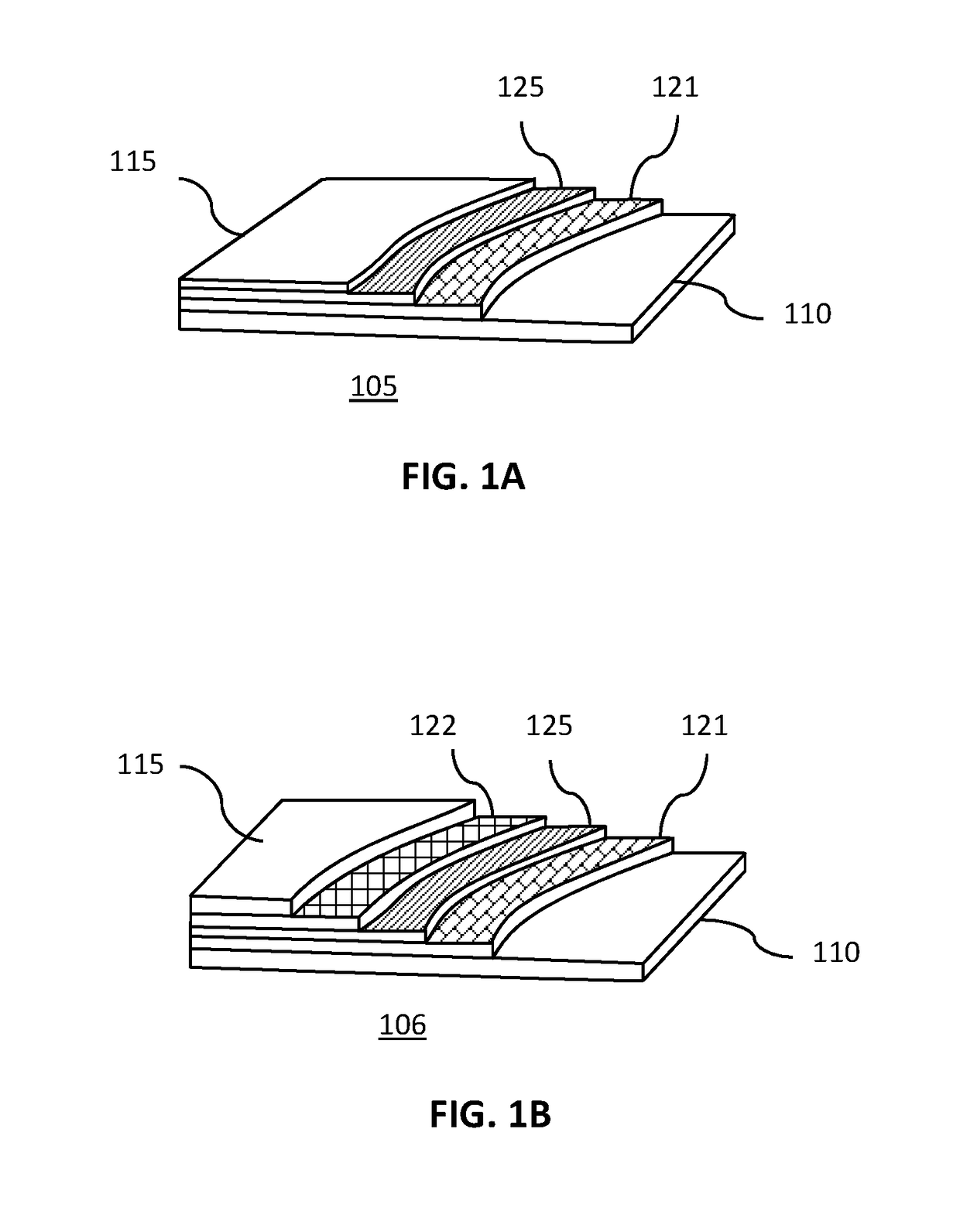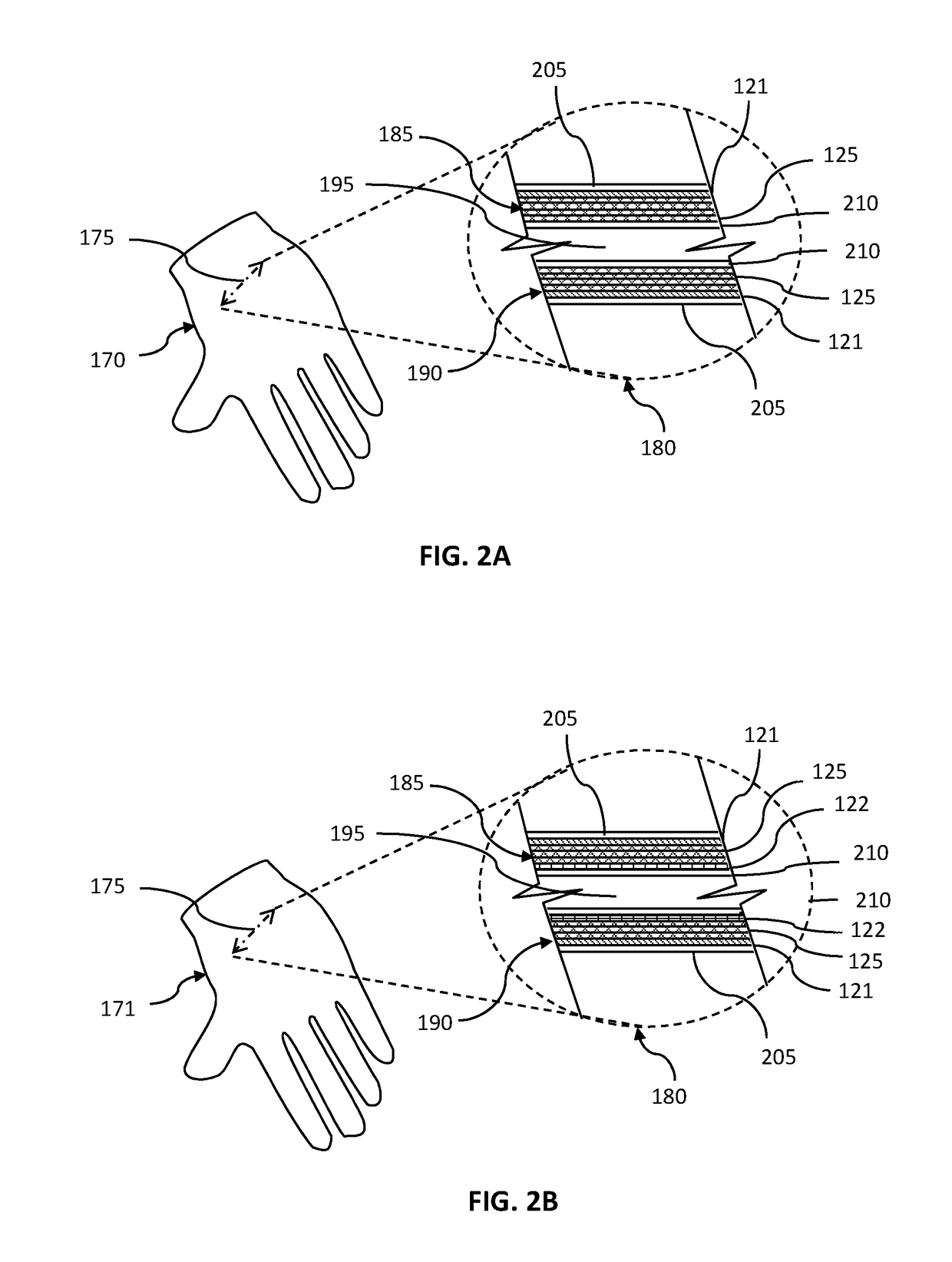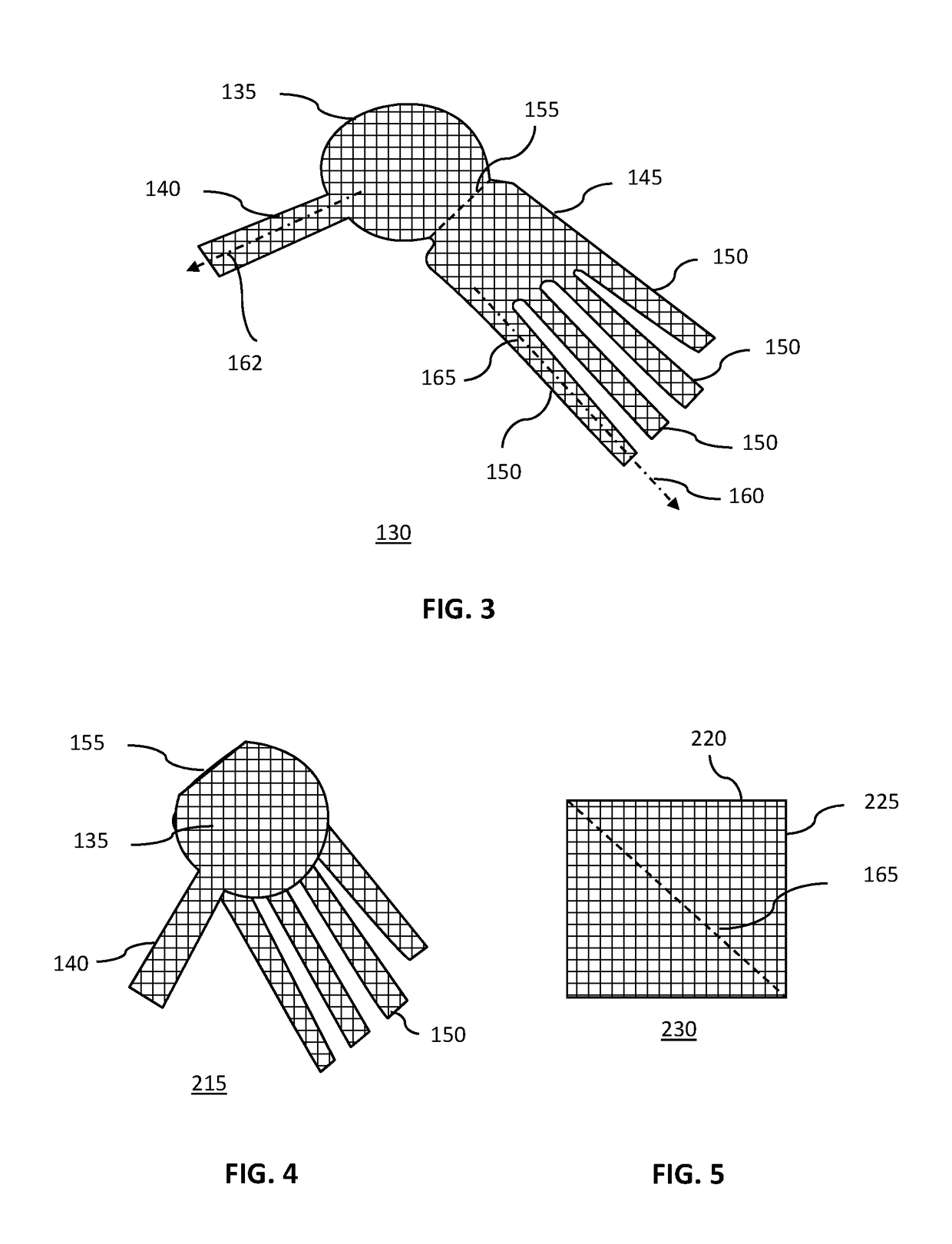Protective garments
a technology of composite fabrics and protective garments, applied in the direction of protective garments, other domestic objects, protective equipment, etc., can solve the problems of ineffective knife or needle threat, inconvenient use, and average resistance of materials to cut and slash attacks, etc., and achieve the effect of cost-effectiveness
- Summary
- Abstract
- Description
- Claims
- Application Information
AI Technical Summary
Benefits of technology
Problems solved by technology
Method used
Image
Examples
Embodiment Construction
[0041]The preferred embodiments of the present invention will now be described in more detail with reference to the drawings in which identical elements in the various figures are, as far as possible, identified with the same reference numerals. These embodiments are provided by way of explanation of the present invention, which is not, however, intended to be limited thereto. Those of ordinary skill in the art may appreciate upon reading the present specification and viewing the present drawings that various modifications and variations may be made thereto.
[0042]FIG. 1 shows a schematic cut-away isometric view of the layers of a protective, composite fabric 105 of one embodiment of the present invention.
[0043]The protective, composite fabric 105 may, for instance, have a first-textile layer 121 adjacent to a metal mesh layer 125 with both layers sandwiched between an outer protective layer 115 and an inner protective layer 110. The inner and outer protective layers may be any fabri...
PUM
| Property | Measurement | Unit |
|---|---|---|
| diameter | aaaaa | aaaaa |
| diameter | aaaaa | aaaaa |
| thickness | aaaaa | aaaaa |
Abstract
Description
Claims
Application Information
 Login to View More
Login to View More - R&D
- Intellectual Property
- Life Sciences
- Materials
- Tech Scout
- Unparalleled Data Quality
- Higher Quality Content
- 60% Fewer Hallucinations
Browse by: Latest US Patents, China's latest patents, Technical Efficacy Thesaurus, Application Domain, Technology Topic, Popular Technical Reports.
© 2025 PatSnap. All rights reserved.Legal|Privacy policy|Modern Slavery Act Transparency Statement|Sitemap|About US| Contact US: help@patsnap.com



